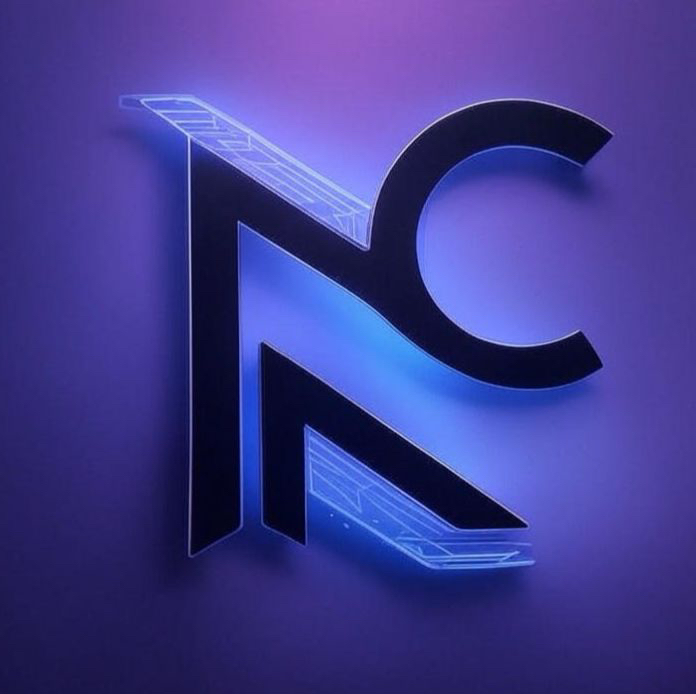ติดตาม
Bearish Case: Navigating Competitive and Regulatory Challenges for $PARTI
While Particle Network’s Universal Accounts and Chain Abstraction technology offer a promising solution to blockchain fragmentation, the success of $PARTI is not guaranteed. The project faces intense competition, potential regulatory hurdles, and tokenomics risks that could hinder its adoption and long-term value. Investors must carefully assess these challenges before making bullish bets.
1. Fierce Competition in the Web3 Infrastructure Space
Particle Network is not the first project trying to solve cross-chain interoperability and user onboarding issues. Several well-established and well-funded competitors are already in the market, making it difficult for $PARTI to differentiate itself.
A. Existing Web3 Infrastructure Leaders
LayerZero ($ZRO): One of the leading cross-chain messaging protocols, already integrated into top DeFi and NFT projects. It offers secure omnichain messaging, allowing assets and data to move seamlessly across different blockchains.
Cosmos ($ATOM) & Polkadot ($DOT): These projects provide modular solutions for interoperability, with well-developed ecosystems and developer communities. Their Inter -Blockchain Communication (IBC) and Parachain models solve many of the same problems Particle Network is addressing.
Polygon AggLayer: A new initiative that enables cross-chain execution without friction, competing directly with Particle Network’s chain abstraction model.
B. Challenges for Particle Network
1. Adoption Hurdles:
Competing networks already have established users and liquidity, making it difficult for Particle Network to attract developers and projects.
Projects like LayerZero and Cosmos have secured major partnerships, while Particle Network is still in the early adoption phase.
2. Security and Technical Risks:
Cross-chain protocols have a history of security vulnerabilities (e.g., bridge exploits, smart contract bugs).
If Particle Network suffers a security breach, it could damage trust and drive users away.
3. Liquidity Fragmentation:
Cross-chain projects often struggle to consolidate liquidity across multiple ecosystems.
If liquidity providers and whale investors prefer competitors like LayerZero or Cosmos, $PARTI may struggle to gain traction.
Why This Matters?
Without a clear competitive edge, Particle Network risks being overshadowed by better-funded and more widely adopted protocols.
The Web3 space moves fast, and newer innovations could make Particle Network’s model obsolete before it reaches mainstream adoption.
2. Regulatory Uncertainty and Compliance Risks
Web3 infrastructure projects face increasing regulatory scrutiny, especially those that handle cross-chain transactions, decentralized identities, and financial assets. If regulators crack down on cross-chain interoperability, $PARTI could be directly affected.
A. Potential Regulatory Challenges
1. Security Classification Risks
In the U.S. and Europe, regulators are actively cracking down on crypto projects that issue tokens with governance and staking rewards.
If the SEC or other agencies classify $PARTI as a security, it could face delisting risks from major exchanges and legal restrictions on its usage.
2. Anti-Money Laundering (AML) and Know Your Customer (KYC) Pressures
Regulators worldwide are tightening AML and KYC laws for crypto platforms, especially those dealing with cross-chain transactions.
Particle Network’s frictionless onboarding model could be seen as a potential vector for illicit activities if it allows anonymous transactions across chains.
3. Restrictions on Cross-Chain Protocols
Governments and regulators have already cracked down on privacy-focused protocols and cross-chain bridges, citing concerns over money laundering and fraud.
Examples of past regulatory actions:
Tornado Cash (U.S. Treasury sanctions) – Blocked due to money laundering risks.
Binance Bridge investigation – Authorities have investigated bridges facilitating large crypto transactions.
UK and EU crypto laws tightening – Stricter rules around cross-chain asset movements are being introduced.
Why This Matters?
Regulatory uncertainty could impact $PARTI’s adoption in key markets.
If exchanges are forced to delist $PARTI due to compliance concerns, it would hurt liquidity and investor confidence.
New regulations could force Particle Network to change its model, affecting its original vision and value proposition.
3. Tokenomics and Market Risks
Even with strong partnerships, a poorly designed tokenomics model can weaken long-term price stability. Investors should be cautious about:
A. High Token Inflation and Unlocks
If a large portion of $PARTI’s supply is allocated to early investors and insiders, significant token unlock events could lead to:
Massive sell pressure when vested tokens are released.
Price crashes due to early investors taking profits.
Questions to ask:
What is the vesting schedule for private investors and team allocations?
Is there a burn or buyback mechanism to offset inflation?
B. Lack of Clear Revenue Model
Many Web3 infrastructure projects struggle to generate sustainable revenue beyond speculative token trading.
If $PARTI’s only demand comes from speculation, its price could be highly volatile, leading to:
Sharp crashes in bear markets.
Struggles to maintain utility-driven demand.
C. Broader Market Conditions
The crypto market is cyclical—even strong projects can suffer during bear markets.
If Bitcoin dominance increases, altcoins like $PARTI may underperform.
Macroeconomic risks (e.g., interest rate hikes, recession fears) could slow down institutional investments in Web3 projects.
Why This Matters?
Token unlocks and inflation can weaken price growth.
Without real adoption, $PARTI risks being a short-term hype token.
Market downturns could lead to long-term declines in trading volume and liquidity.
Final Thoughts: A Cautious Outlook for $PARTI
Key Bearish Takeaways
1. Intense competition from established Web3 infrastructure projects may limit $PARTI’s ability to gain market dominance.
2. Regulatory risks could restrict adoption or force compliance changes that make Particle Network less attractive.
3. Tokenomics concerns (inflation, sell pressure, and unclear revenue model) could lead to long-term price instability.
4. Broader market conditions and crypto cycles may impact its ability to sustain a strong price trajectory.
While Particle Network has potential, investors should approach $PARTI with caution, ensuring that its adoption, regulatory positioning, and tokenomics are solid before making long-term bets.
$PARTI
ดูคำแปล
ดู 641 ครั้ง
Do you trade or hold PARTI? Bullish or bearish?
61
แนะนำ
ทั้งหมดติดตาม
Futures ยอดนิยม

BTC/USDT
94986.1
+2.32%

ETH/USDT
1807.85
+3.89%

XRP/USDT
2.194
+1.36%

EOS/USDT
0.7005
+5.40%

BCH/USDT
372.45
+6.91%

LTC/USDT
87.68
+5.78%
บนสุด








ความคิดเห็นทั้งหมด (0)